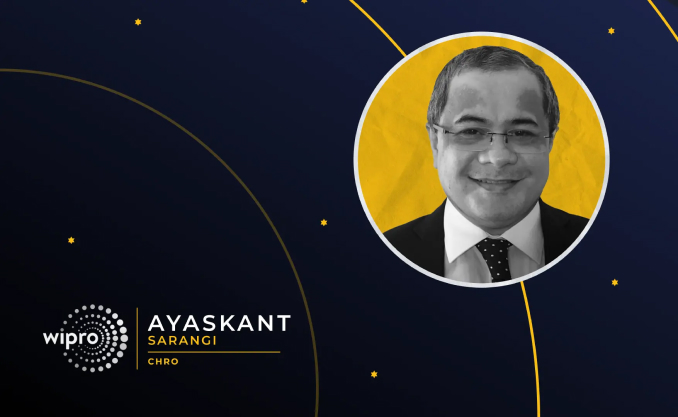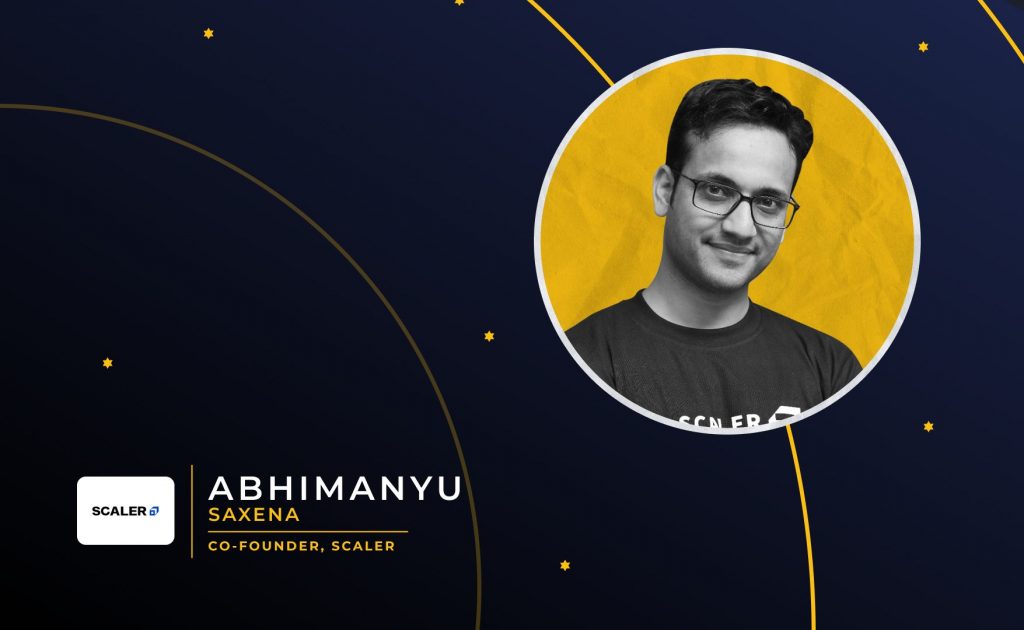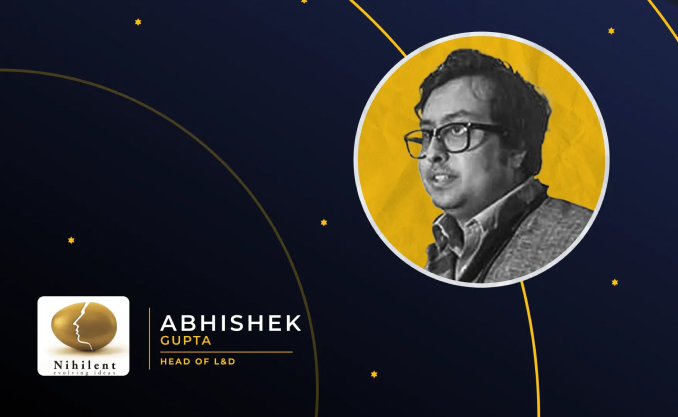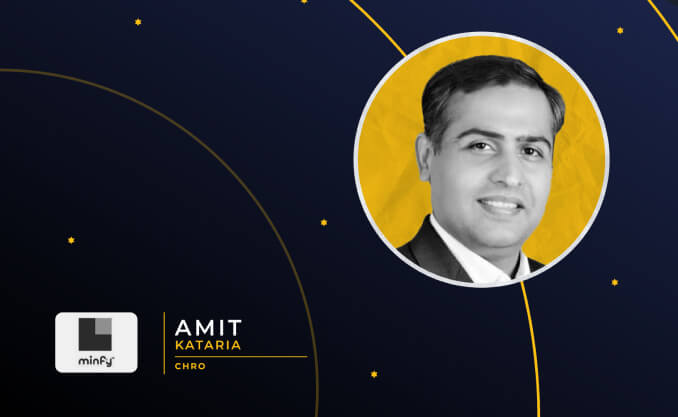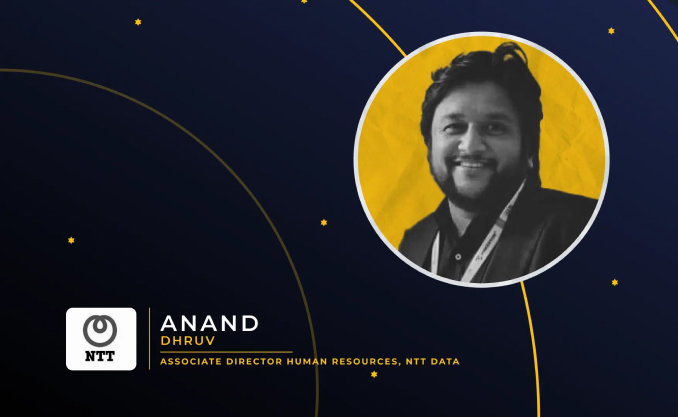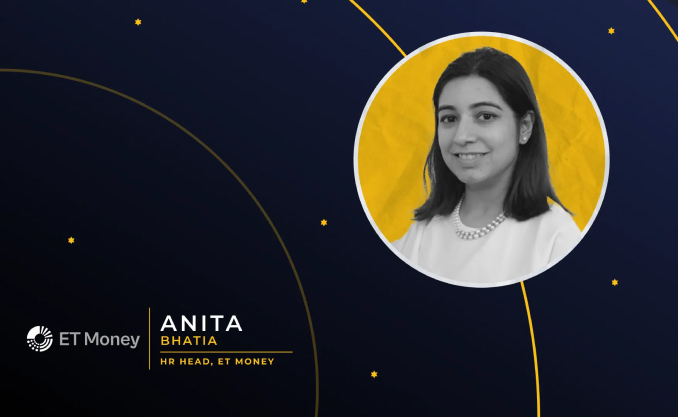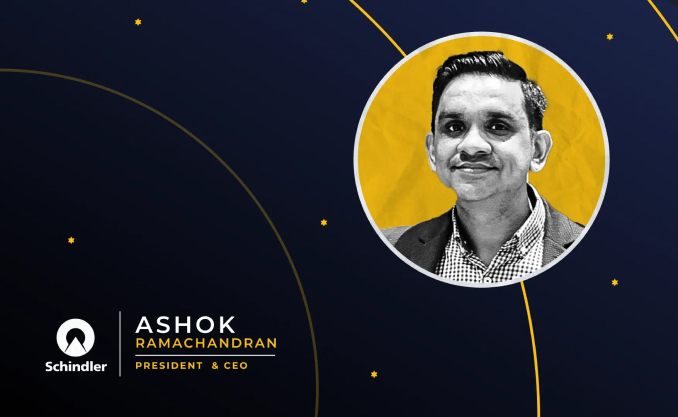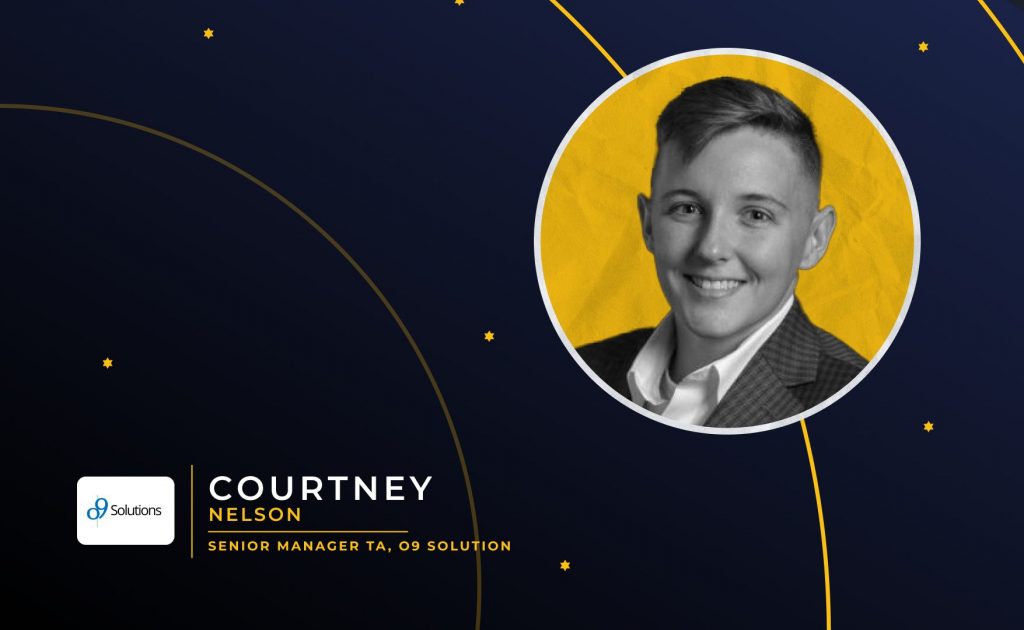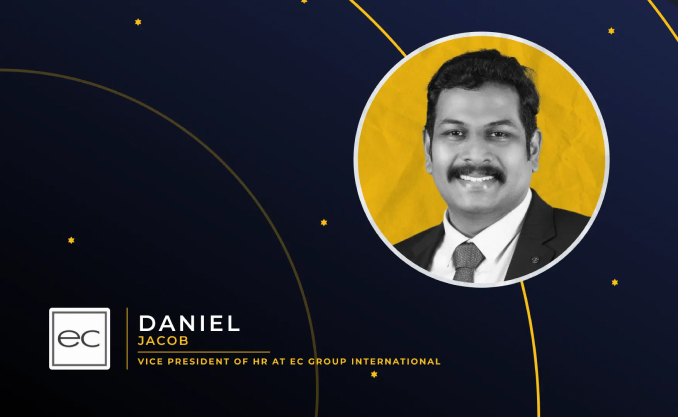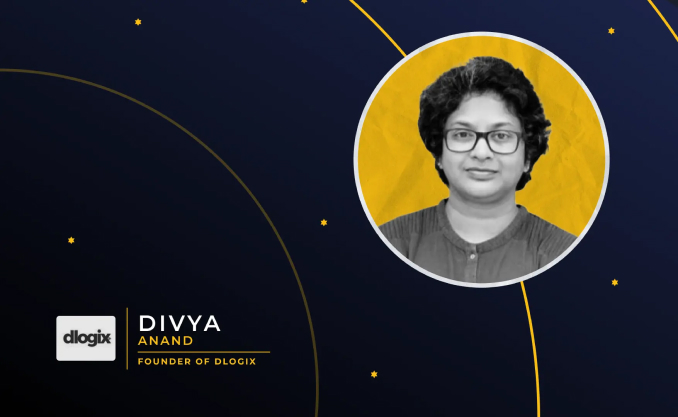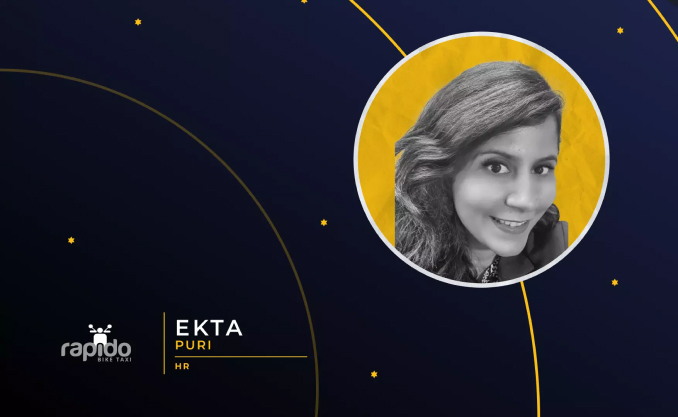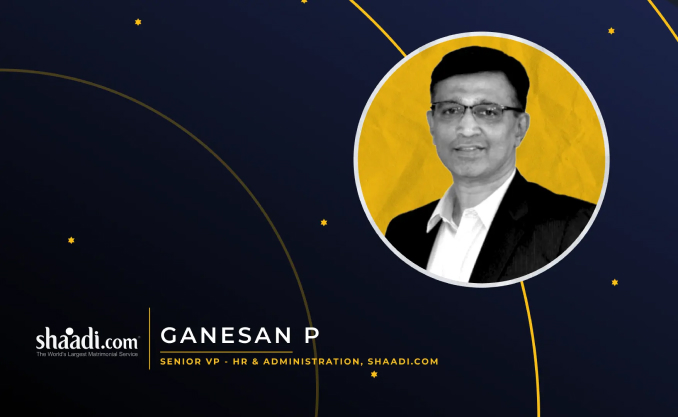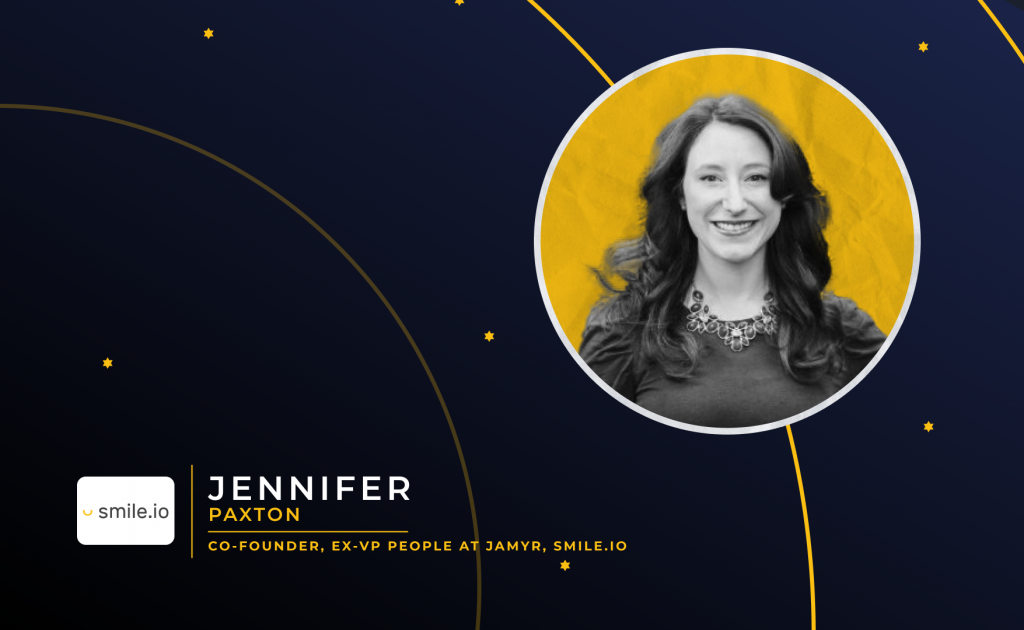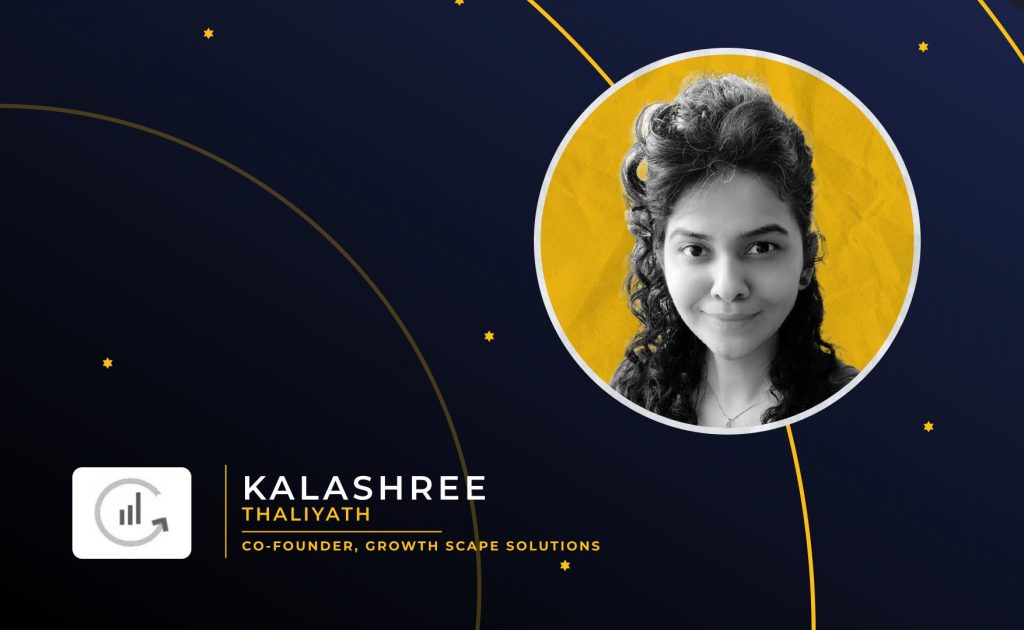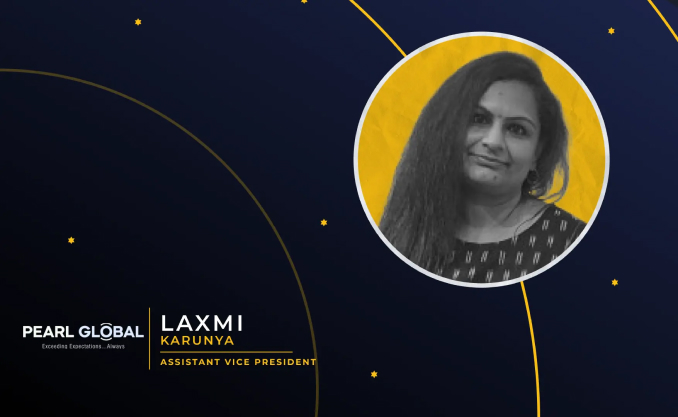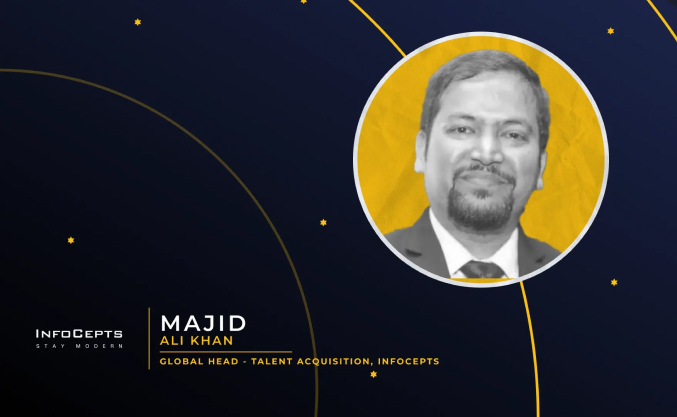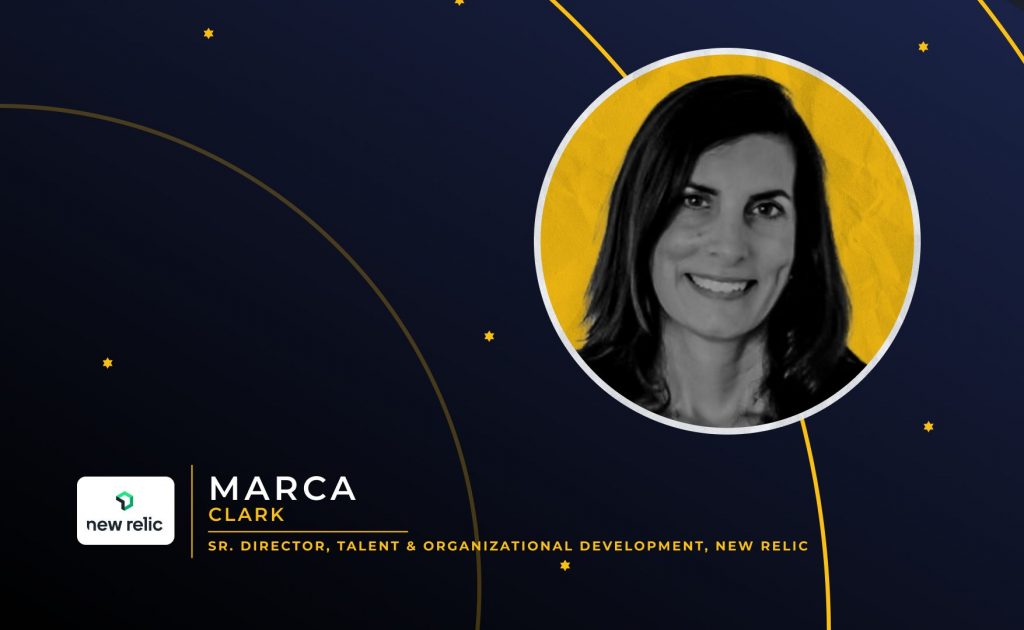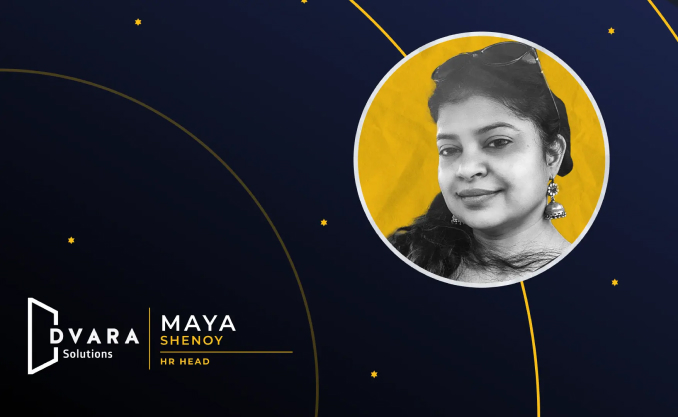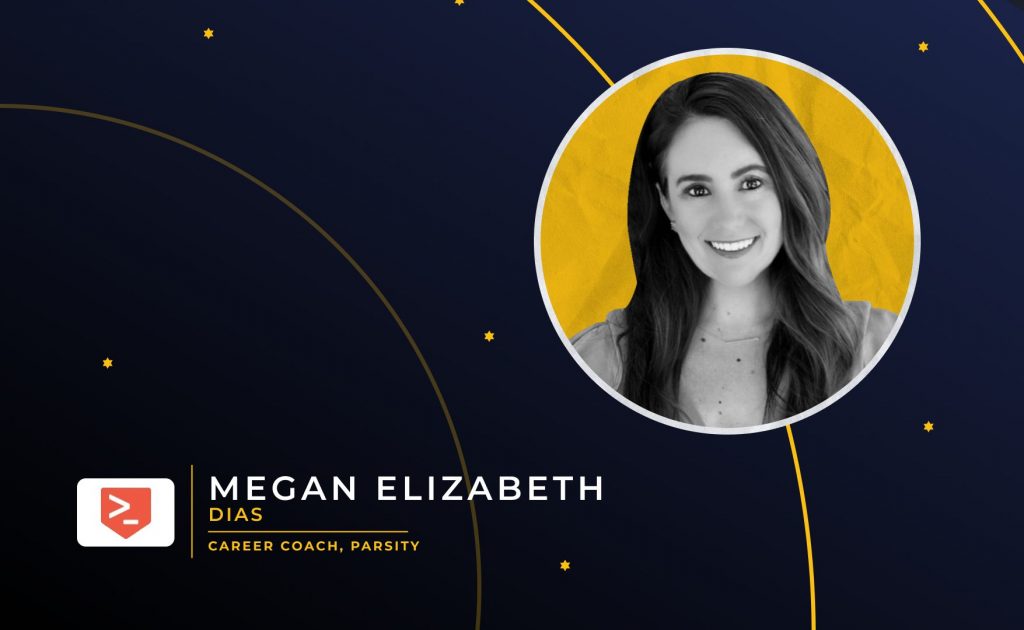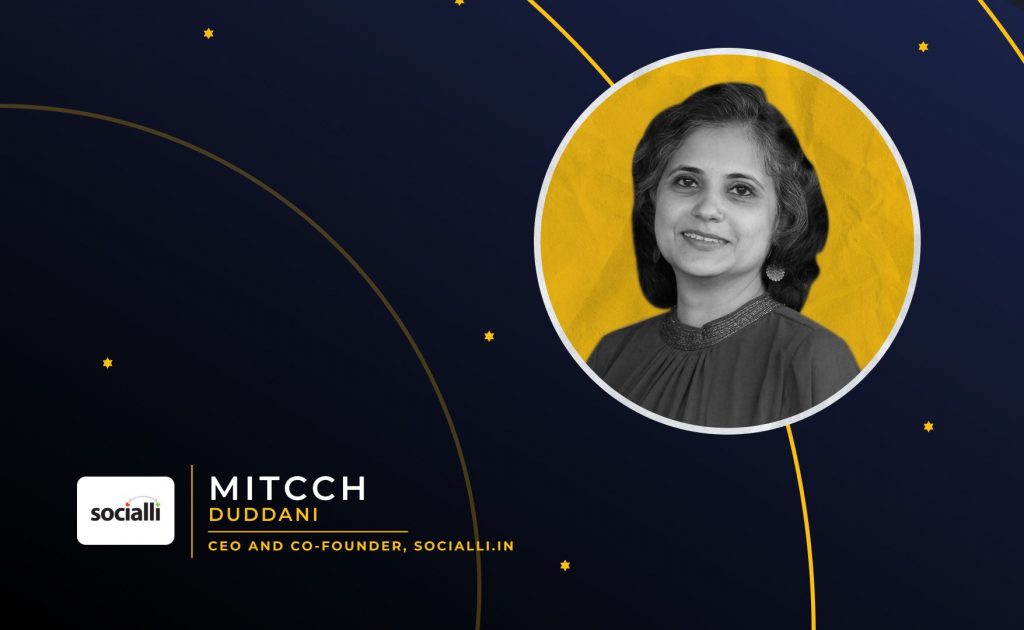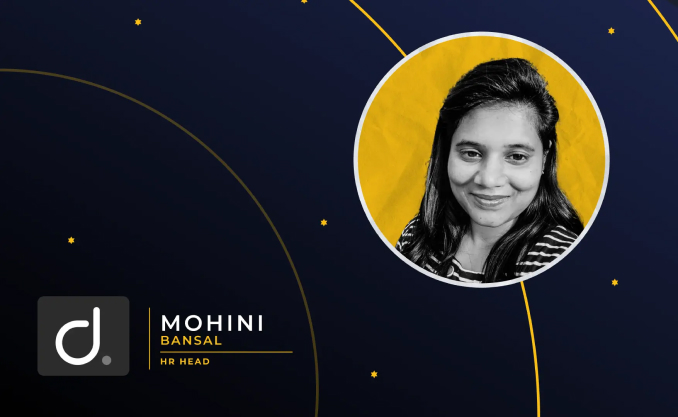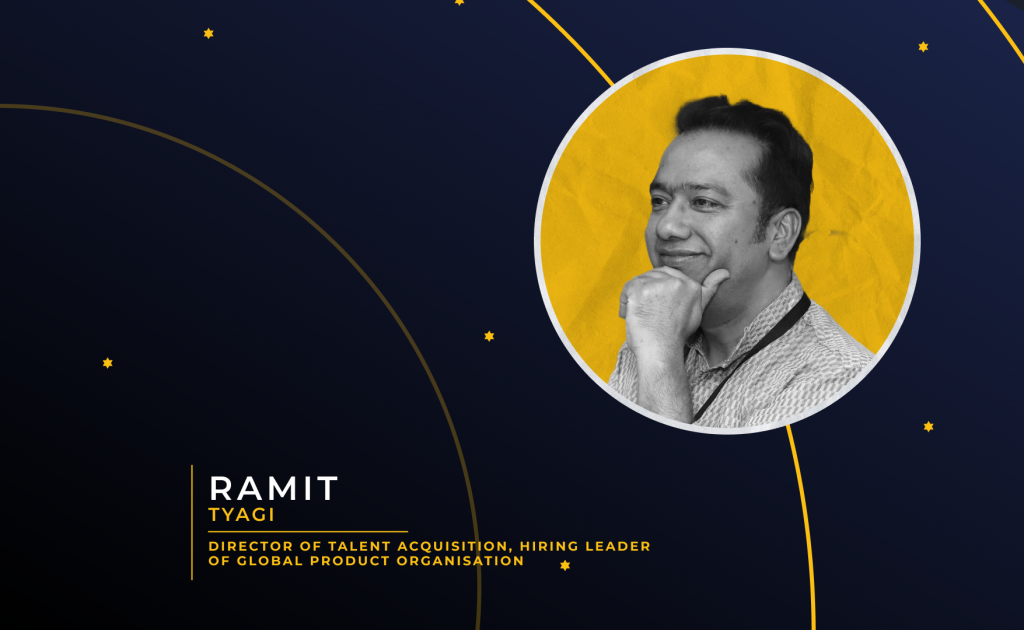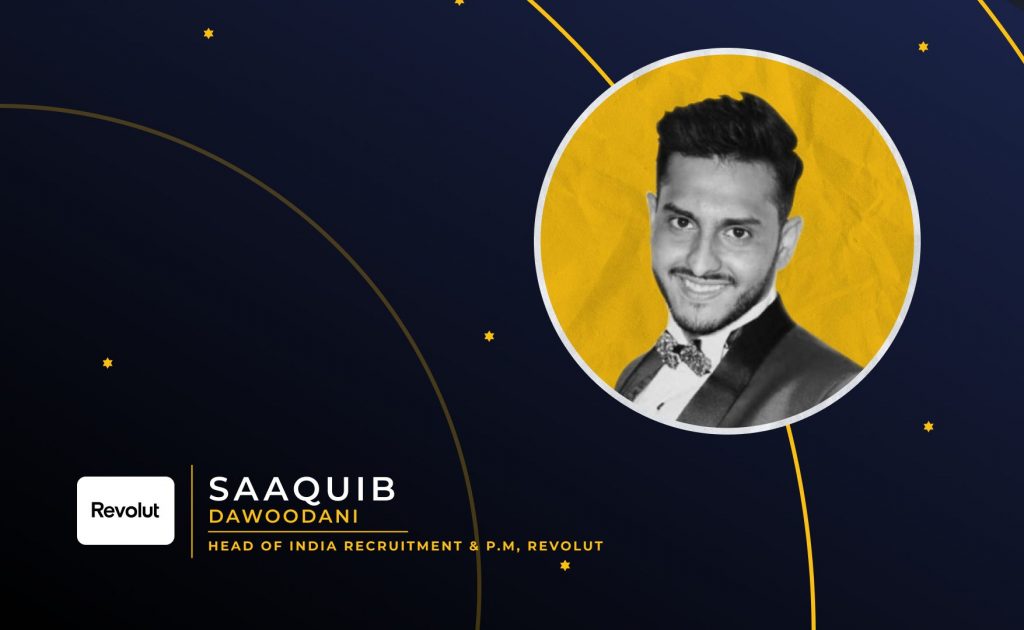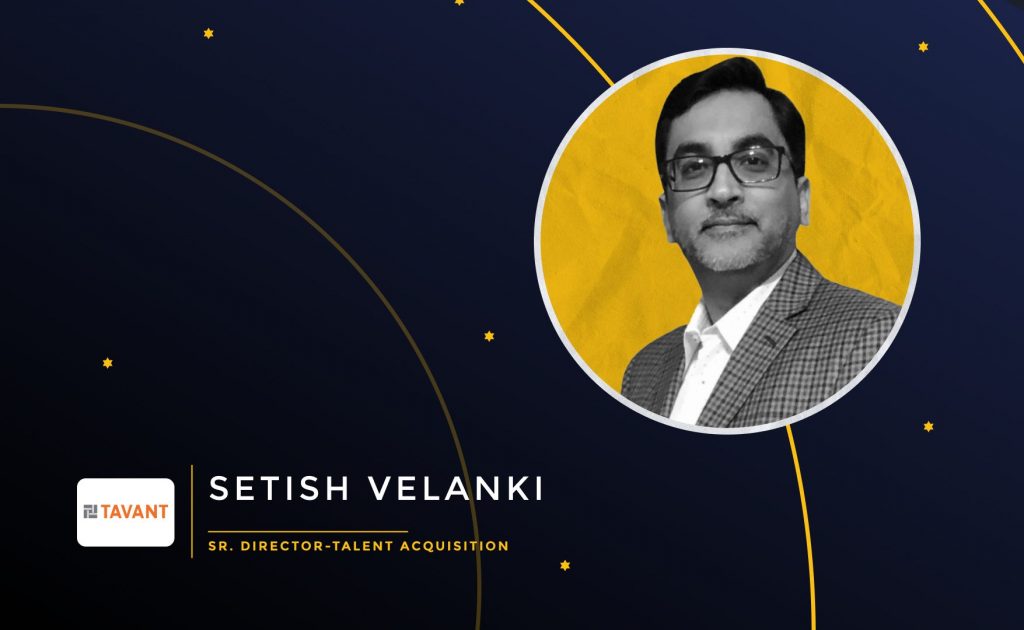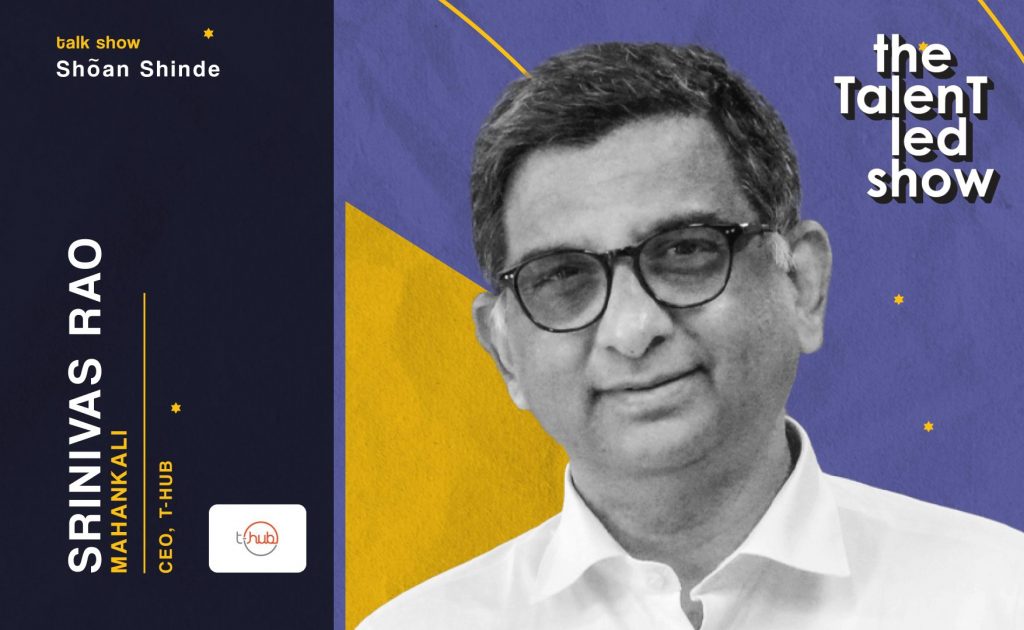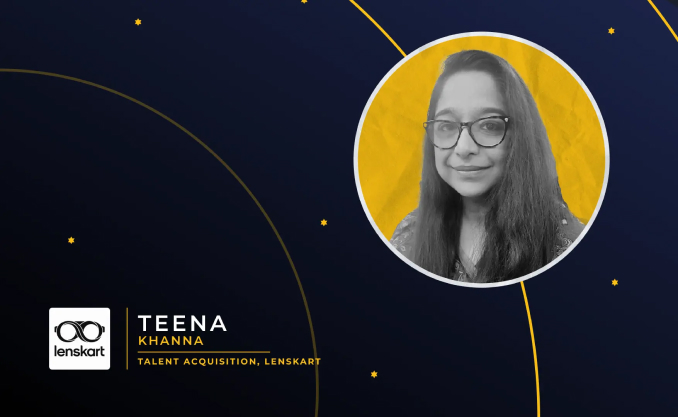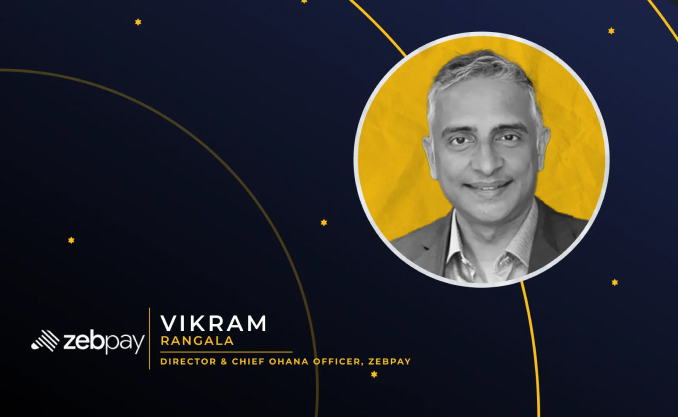Born and brought up in Odisha, Ayaskant Sarangi is an NIT Surat and XIMB alumnus. He has established a name for himself in the HR industry and been associated with reputed organizations such as LNT, Infosys, GE, and Wipro Eneterprises. His career spans over 25 years.
Sarangi talks about three important elements that are shaping around retention and how diversity and inclusion are critical to the idea of building a work culture that is inclusive and committed to growth and learning.
This interview further discusses the importance of reducing unconscious biases in hiring and at work culture. This in particular, according to him, is the best way to create a level playing field for everybody in the organization.
Table of contents
About Ayaskant Sarangi
Born and brought up in Odisha, Ayaskant Sarangi is an NIT Surat and XIMB alumnus. He has established a name for himself in the HR industry and been associated with reputed organizations such as LNT, Infosys, GE, and Wipro Eneterprises. With over 25 years of experience, he is now a part of Wipro Enterprises as the CHRO.
One of the most important motivating factors of being an HR leader
At the inception of his career, Ayaskant Sarangi believed that it was mostly about doing a good job, getting recognized by colleagues, by managers, taking more responsibilites and eventually making the right impact in the organization. However, through mid-career there was a shift in mindset focussing on appreciation for the value of functions. This appreciation helped to influence other people’s lives and their choices in a constructive way. Some examples cited by Sarangi are that of attracting talent, mentoring an individual or providing ideas for complex issues. The right guidance and influence helps people on a higher level.
Ayaskant sees his role as that of a potential influencer looking to be a positive influence in other people’s lives. However, one thing that matters on top of this is the learning one draws from it. Opening up to other’s views helps people grow as better individuals and also help reflect on one’s ownself.
In Ayaskant Sarangi’s own words, “I see it as a lot more than just building equations. I look at building relationships with people, and thereby helping influence them to relook at their own choices very differently and in a way that helps them.”
Ayaskant’s view on the hybrid model of working
Sarangi’s take on hybrid work model is that it is specific from industry to industry.
“For example, consider a manufacturing industry, it is not possible for a hybrid model to be established as that is where one needs to come and produce goods to provide them to the end customers whereas in the case of service industry it can be possible to follow a hybrid model.”
A take on the challenges faced by teams while hiring remotely and if L&D initiatives help in bridging skill gaps
Hiring in today’s context has become extremely tough to manage. Especially when the pandemic had hit us there was a huge demand for talent. It can be viewed as a good thing from a talent perspective but it was a tough one from the organization’s perspective.
According to Ayaskant, this can be broken down into 3 parts:
Part 1: Hiring
According to Sarangi, one must know how strongly as an organization is it possible to articulate, what is the value proposition that recruiters are providing to the candidates, and what purpose or problem are you trying to solve both from an industry standpoint and the ecosystem. It is also equally important to check whether there is a good ecosystem being provided to the candidate and whether the offering is either short-term or long-term.
The creativity which an organization offers to candidates and the speed with which a decision is taken affects a huge part in hiring good talent.
Part 2: Culture
Sarangi further believes that culture is all about how we work, and how we interact with each other. Each of these aspects play an important role in a person’s decision-making capacity.
It is also seen that an organization having a remote work model might in some cases find it harder to build a culture in comparison to an organization that has everyone together at the office. Even the small informal office sessions play a very significant role in building the culture.
“Ultimately how I invest in talent and what it provides to me is all a part of the L&D proces.”
Part 3: Platform for skills
The last and the most important part is creating a platform that will not only lend ears to employees but also help create a dialogue and understanding about what, for instance, freshers in the organization are thinking about. This becomes a major part of talent retention.
Compensation and benefits also need to be better especially when you are in a competitive market. This also becomes an important aspect for both talent attraction and talent retention.
When it comes to skill development, Ayaskant Sarangi states that,
“Earlier it was a premium for knowledge which means if I had a technical doubt, I’d go and ask my manager and the respect for my manager would have come from the knowledge that my manager provides me with.”
However, when it comes to acquiring knowledge nowadays it is easier as candidates can just resort to Google, YouTube, or any such medium to get the answers to their questions. This, according to Ayaskant Sarangi, is not just enough to acquire knowledge. It is becoming an integral part of evolving roles to start applying this knowledge as a part of skill development.
“From an L&D perspective the game has to change from transmitting knowledge to building skills, it’s more about skills and less about knowledge”, says Ayaskant Sarangi.
The focus of L&D was on how one builds skills that will make you a relevant part of not only present business but also the future vision. This building of skills starts shifting as and when the situations start changing.
As it was initially seen leading teams when everyone was together needed different set of skills altogether compared to now when teams are being led through remote locations. As an organization, it is also observed that more platforms for people to learn new things at their own pace are being implemented. Not only is this being done, but there is also a drive with regard to skills that need to be built and getting to implement those in real-time.
Can an organization's hiring process and work culture add value to the customer base and involve customers in building culture?
“When it comes to culture it is important to first assess the culture. When you assess the culture there are many probing questions that can be used to understand the value of an individual.”
According to Sarangi, this also allows checking whether the individual has high integrity. Once this person is selected there can be 2 important parts that can be analyzed as follows:
Part 1: Spending time
“When it comes to spending time, it is important to spend time understanding what is relevant and what is irrelevant. Apart from thinking about this, employers also need to help a newcomer understand these terms as it is all about context setting.”
Part 2: Talent measurement, reward, and recognition
According to Sarangi, the whole aspect of talent measurement, reward, and recognition should have a linkage to the value system that an organization will propagate. For example, teams work together closely and team collaboration is a must-have part of the appraisal rating system. People who are not collaborating should be let go.
Linking values to measurement and rewards is also one of the strongest rate rating points. But according to Ayaskant,
“Most importantly it is about the leadership and role modeling which is happening in the culture that we want to build and sustain for the next decade. For example, when a person is new to a company and that person gets influenced but the way the leaders conduct, it helps the person to understand that this is what is acceptable and what is not acceptable.”
To summarize the above, he divides it into three parts:
- Culture is something that needs to be integrated into one’s assessment framework
- It needs to be integrated into the appraisal, measurement, and reward framework
- A work environment requires significant amount of leadership role modeling in order to shape the culture that an organization wants to build.
6. A view on how to promote diversity and inclusion in workforce
“There is a step that needs to be taken before we take into consideration the gender composition of a company and this step is to have a culture of accepting diversity.”
Sarangi believes that two people who think similarly in a company irrespective of their gender, beyond some point will not be beneficial to the organization in terms of idea generation.
Two points need to be considered when diversity is being taken into account:
- Am I creating an environment where I’m respecting diversity of thoughts?
- Am I creating an environment where I’m creating a level playing field for everybody to thrive?
These are two of the most important focus areas.
It is important to know that various ideas are welcomed in an organization, they are debated upon and only after is the right decision is being taken. It doesn’t matter if it is not in sync with the leader’s ideas. Hence it is important to consider whether one is creating an environment where this model can thrive.
Once this is set, then comes the second concept of distribution in terms of
- gender,
- regional representation,
- multicultural individuals.
Organizations should look at all of the three areas holistically and not just focus on one single area.
According to Ayaskant Sarangi, “the fundamental principle to diversity and inclusion is the diversity of thoughts.”
A lot of friction that happen are due to unconscious biases on both ends or either ends. Sarangi affirms that this comes into action when one considers that a specific gender, nationality, or background might be different than what they are expected to be.
For example, a lady might be uncomfortable going out and meeting customers, unlike a man. However, this is just a preconceived notion that one may have. What we are trying to do is break down this mindset of unconscious biases through e-learning initiatives. There are three focus areas here:
- Each individual is unique
- When in doubt, ask
- Don’t have own preconceived notions about a person.
The real change happens only when there is a change in the mindset of the leader who is leading the company.
Ayaskant’s opinion on being a “culture fit”
Culture fit is subjective. Hence it is hard to define it as a whole.
“So, what we can at least do is instead of calling something a cultural fit we can identify a set of behaviors we expect each person in the organization to demonstrate.”
Providing an example, Sarangi explains how culture fit can be viewed,
“For example, I want people to collaborate and commit to the outcome. Each of these expected behavior from the individual can be tagged as culture fit.”
One needs to assess these in an individual, and how to do it is by asking and checking for the behavioral aspects of the candidate which will be based on real-life situations. That will provide the recruiter with an insight into what the candidate can bring to the organization.
Penetration of technology in the hiring process has gained momentum post-pandemic. Ayaskant Sarangi speaks on whether the Indian market is really openly embracing it or whether the adoption has been slow.
The adoption of technology in HR is only going to increase rapidly in the future. Ayaskant Sarangi says,
“I see a huge amount of interest in organizations for new ways of working that get accelerated through technology.”
Some companies are adopting faster while other companies are adopting quite slower. However, the general propensity of every company to enable technology is quite high. Just like the penetration of mobiles in India or the way the currency movement has taken place towards a more digital space, there has been a great change in HR tech too.
The power, presence, and penetration of technology are here to stay.
The key difference is where would the human part come in and where would the machine part go. There are two things to be noticed:
- How do I make it easy for candidates while ensuring the hiring process is smooth and exciting?
- How do I give insight to the organization for future access?
From the organization’s view, it will be the moving up of value change. Earlier the processes were manual, hiring managers could not take time out for candidate engagement and there was no one to focus on this human-to-human interaction.
The recruitment automation solutions sure help take these activities to the next level. Today lesser time is spent on filing or excel sheets and more time is being invested in people connection.

